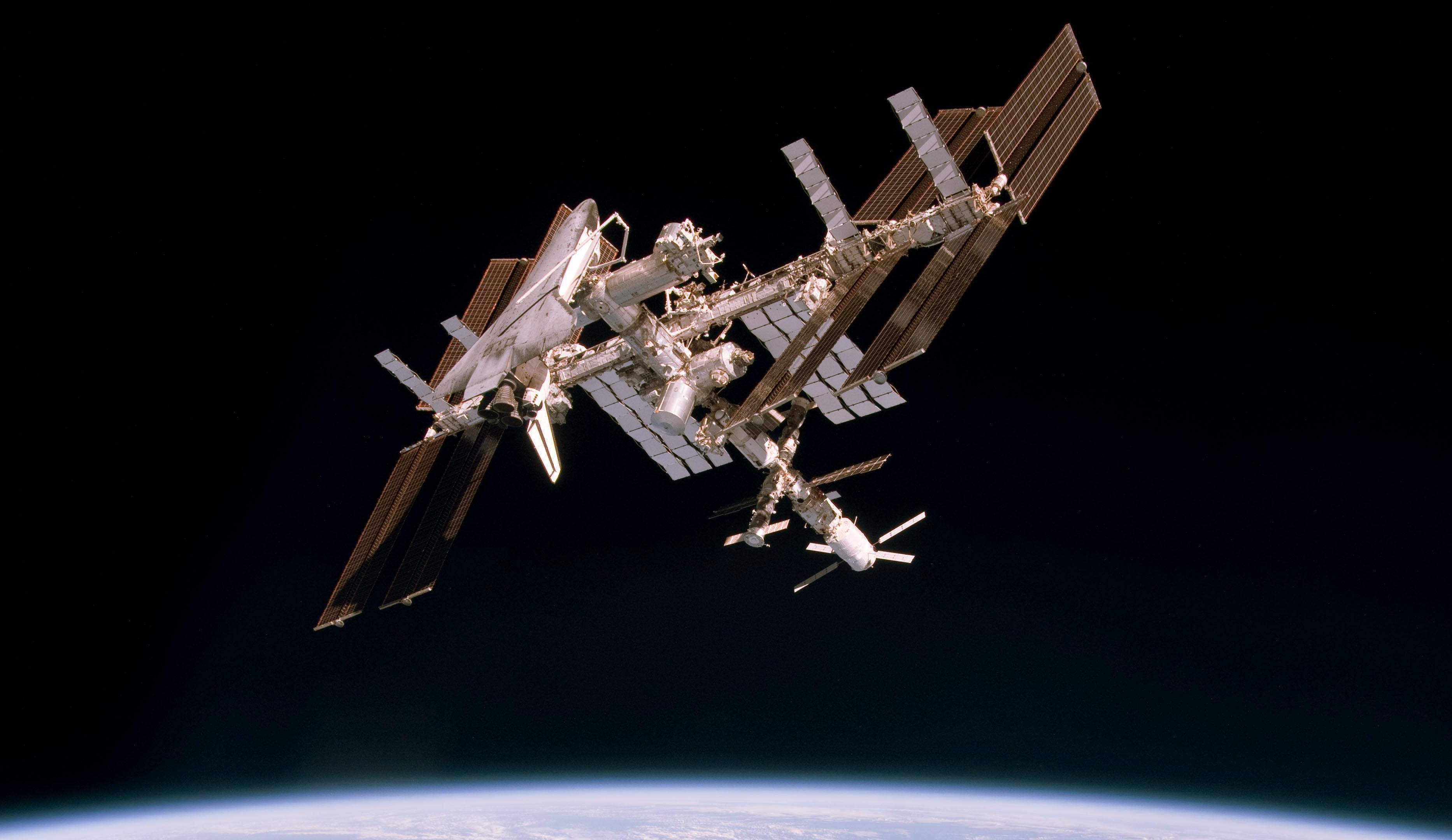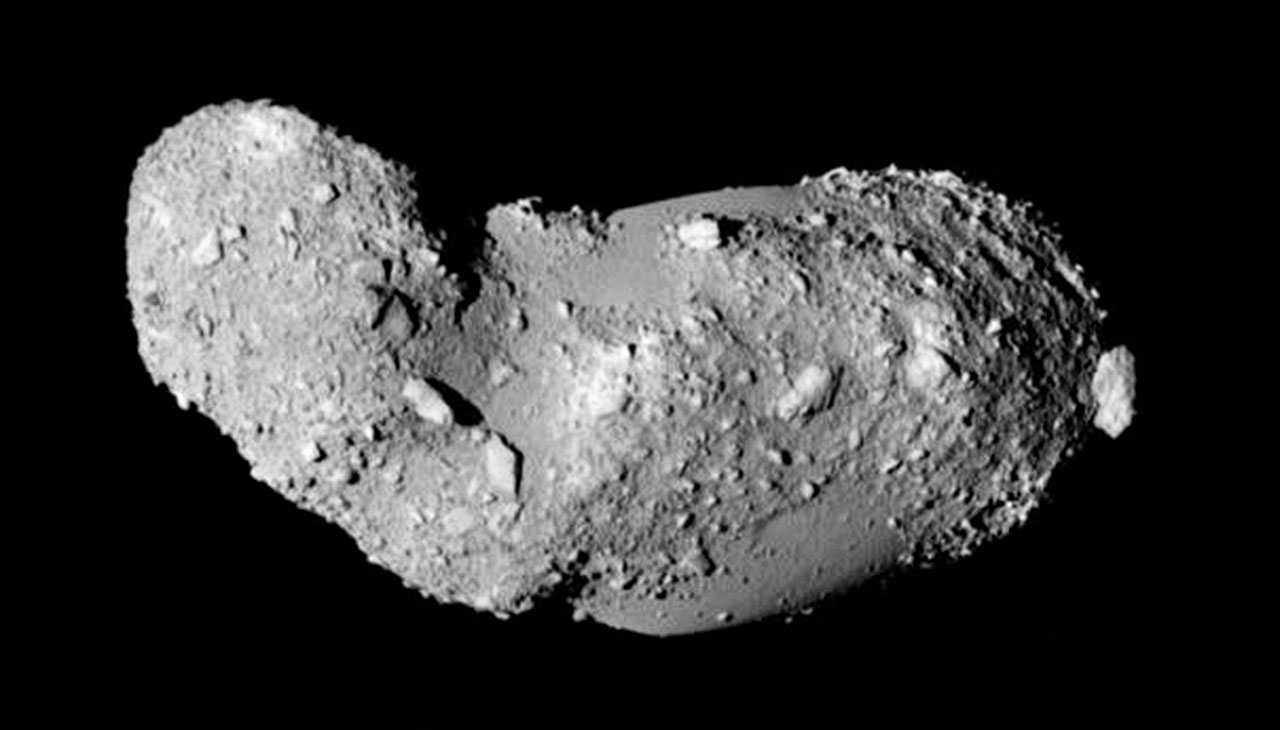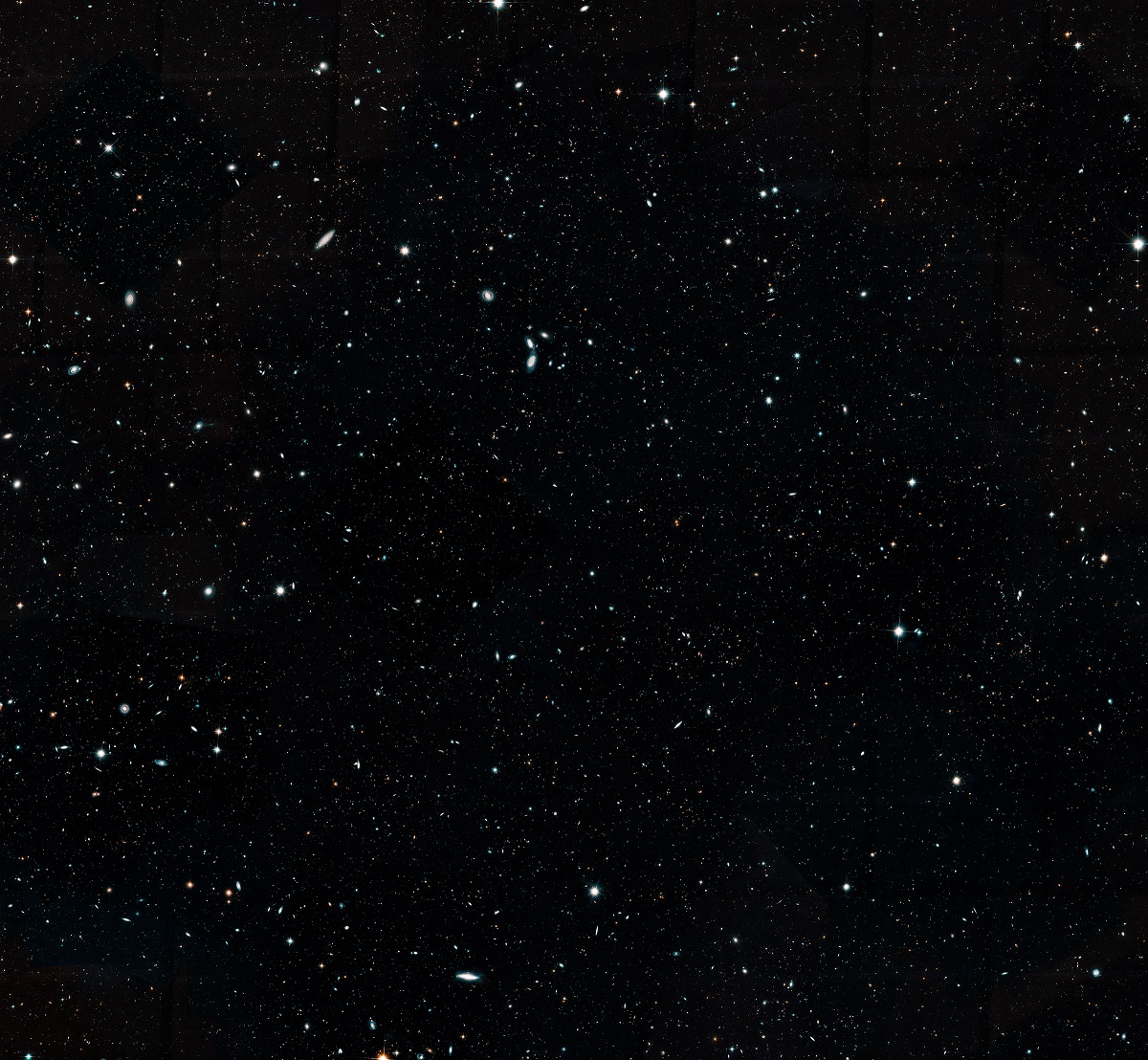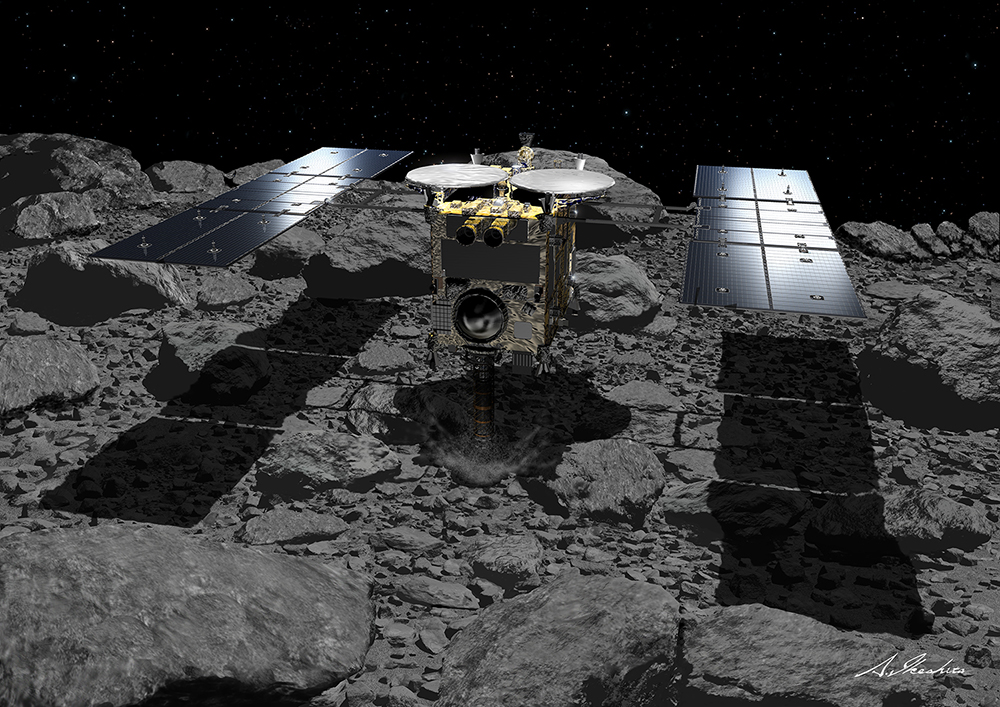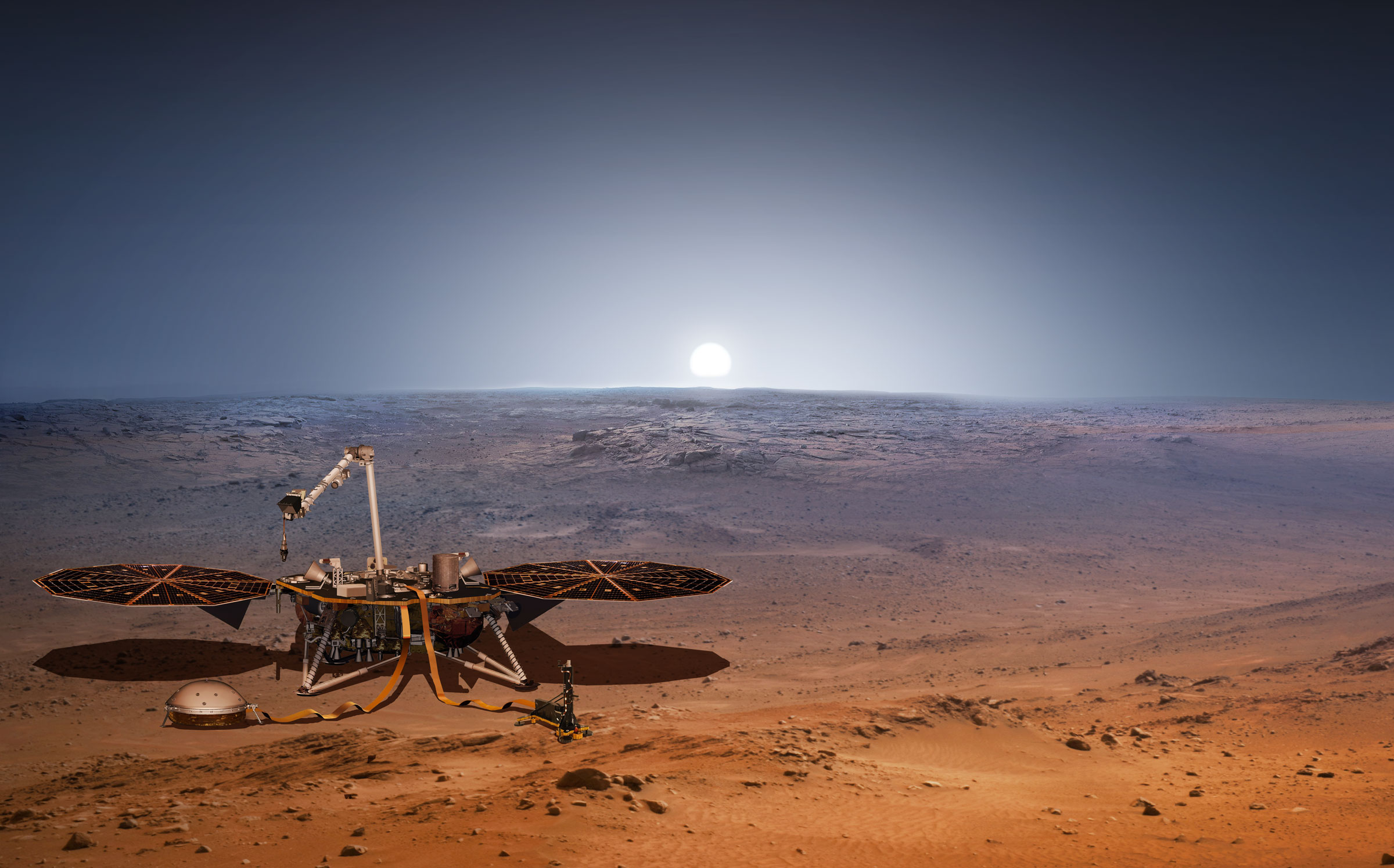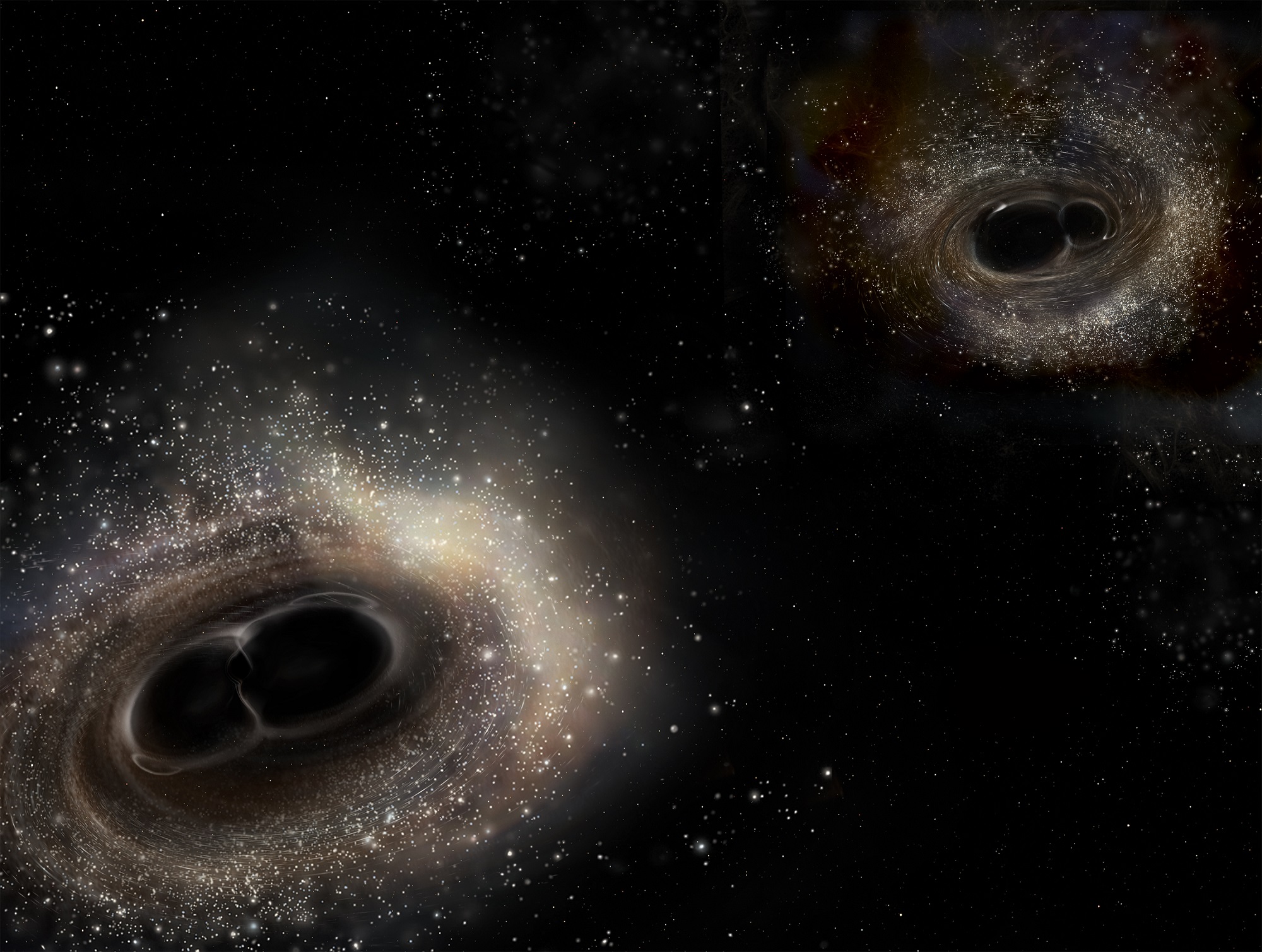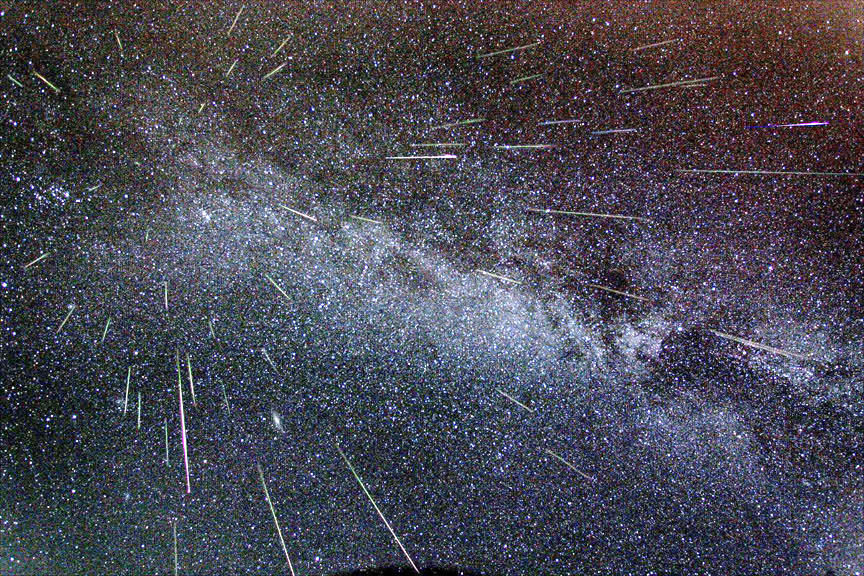When planning for long-duration crewed missions, one of the most important things is to make sure that the crews have enough of the bare essentials to last. This is no easy
According to a new investigation being conducted aboard the International Space Station, a possible solution could lie with a hybrid life support system (LSS). In such a system, which could be used aboard spacecraft and space stations in the near future, microalgae would be used to clean the air and water, and possibly even manufacture food for the crew.
Continue reading “Astronauts Could Rely on Algae as the Perfect Life Support Partner”
